What is Frozen Shoulder?
Frozen shoulder, also called adhesive capsulitis, can be a challenging and painful condition.
Symptoms include:
loss of range of motion in the shoulder joint
loss of strength
shoulder pain
This can make simple tasks like washing your hair or hanging the washing incredibly difficult.
Frozen shoulder can be described in three different stages:
1. Freezing stage
In this stage, you will experience pain in your shoulder whenever you move it. Expect the pain to gradually increase as the tissue covering your shoulder joint (shoulder capsule) gradually becomes thicker and tighter. This will limit your range of motion in the arm.
2. Frozen stage
This stage is characterised by your pain improving, but your stiffness increasing. Daily activities can be very difficult during this stage.
3. Thawing stage
Your range of motion will start to return to normal in the third and final stage. Each case is different; however, most cases will resolve within 1-3 years’ time.
While it is not fully understood how frozen shoulder develops, it is likely the result of an underlying inflammatory condition.
Some research has suggested the following may be linked to acquiring a frozen shoulder:
Women > men
40-70 years of age
Diabetes
Immobility
Hyperthyroidism
Mastectomy
Trauma to the shoulder
Stroke
Parkinson’s disease
Treatment for this condition is very individualised. It is always recommended that you consult your doctor and physiotherapist throughout your rehabilitation program. Your doctor may prescribe you NSAIDs for the pain or discuss with you the potential for corticosteroid injections. There is also good evidence to suggest that physiotherapy is useful in your rehabilitation. A physiotherapist may employ soft tissue massage, shoulder and thoracic joint mobilisations, dry needling and, of course, they will prescribe you a tailored exercise program to improve your range of motion and reduce your pain.
You can expect these to start small (eg. shoulder retractions, shoulder shrugs and arm rolls on a foam cylinder) before progressing to larger exercises (wand and strength exercises).
References:
Ebadi, S., Forogh, B., Fallah, E., & Babaei Ghazani, A. (2017). Does ultrasound therapy add to the effects of exercise and mobilization in frozen shoulder? A pilot randomized double-blind clinical trial. Journal Of Bodywork And Movement Therapies, 21(4), 781-787. doi: 10.1016/j.jbmt.2016.11.013
Horst, R., Maicki, T., Trąbka, R., Albrecht, S., Schmidt, K., Mętel, S., & von Piekartz, H. (2017). Activity- vs. structural-oriented treatment approach for frozen shoulder: a randomized controlled trial. Clinical Rehabilitation, 31(5), 686-695. doi: 10.1177/0269215516687613
Russell, S., Jariwala, A., Conlon, R., Selfe, J., Richards, J., & Walton, M. (2014). A blinded, randomized, controlled trial assessing conservative management strategies for frozen shoulder. Journal Of Shoulder And Elbow Surgery, 23(4), 500-507. doi: 10.1016/j.jse.2013.12.026
Schröder, S., Meyer-Hamme, G., Friedemann, T., Kirch, S., Hauck, M., & Plaetke, R. et al. (2017). Immediate Pain Relief in Adhesive Capsulitis by Acupuncture—A Randomized Controlled Double-Blinded Study. Pain Medicine, 18(11), 2235-2247. doi: 10.1093/pm/pnx052
Shin, H., Seo, J., Lee, E., Choi, J., Park, Y., Baek, Y., & Yeom, S. (2018). Chuna manual therapy combined with acupuncture and cupping for frozen shoulder (adhesive capsulitis): Study protocol for a multicenter, randomized, patient-assessor blind, clinical trial. European Journal Of Integrative Medicine, 19, 1-9. doi: 10.1016/j.eujim.2018.02.004
Teys, P. (2017). The Effects of Mulligan's Mobilisation With Movement on Shoulder Pain and Dysfunction. doi: 10.25904/1912/140
Yang, J., Jan, M., Chang, C., & Lin, J. (2012). Effectiveness of the end-range mobilization and scapular mobilization approach in a subgroup of subjects with frozen shoulder syndrome: A randomized control trial. Manual Therapy, 17(1), 47-52. doi: 10.1016/j.math.2011.08.006
By Elmie Schachtner.




